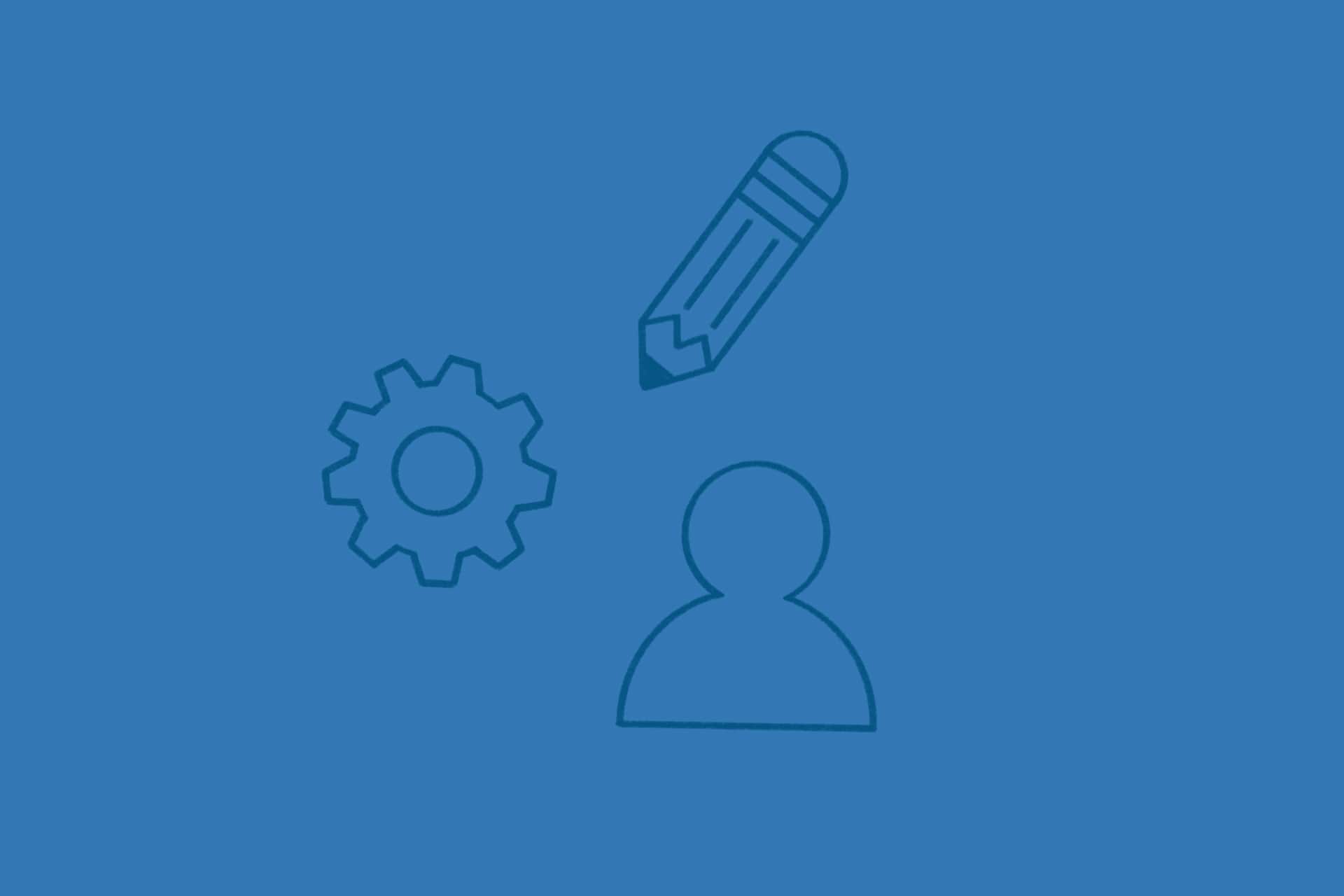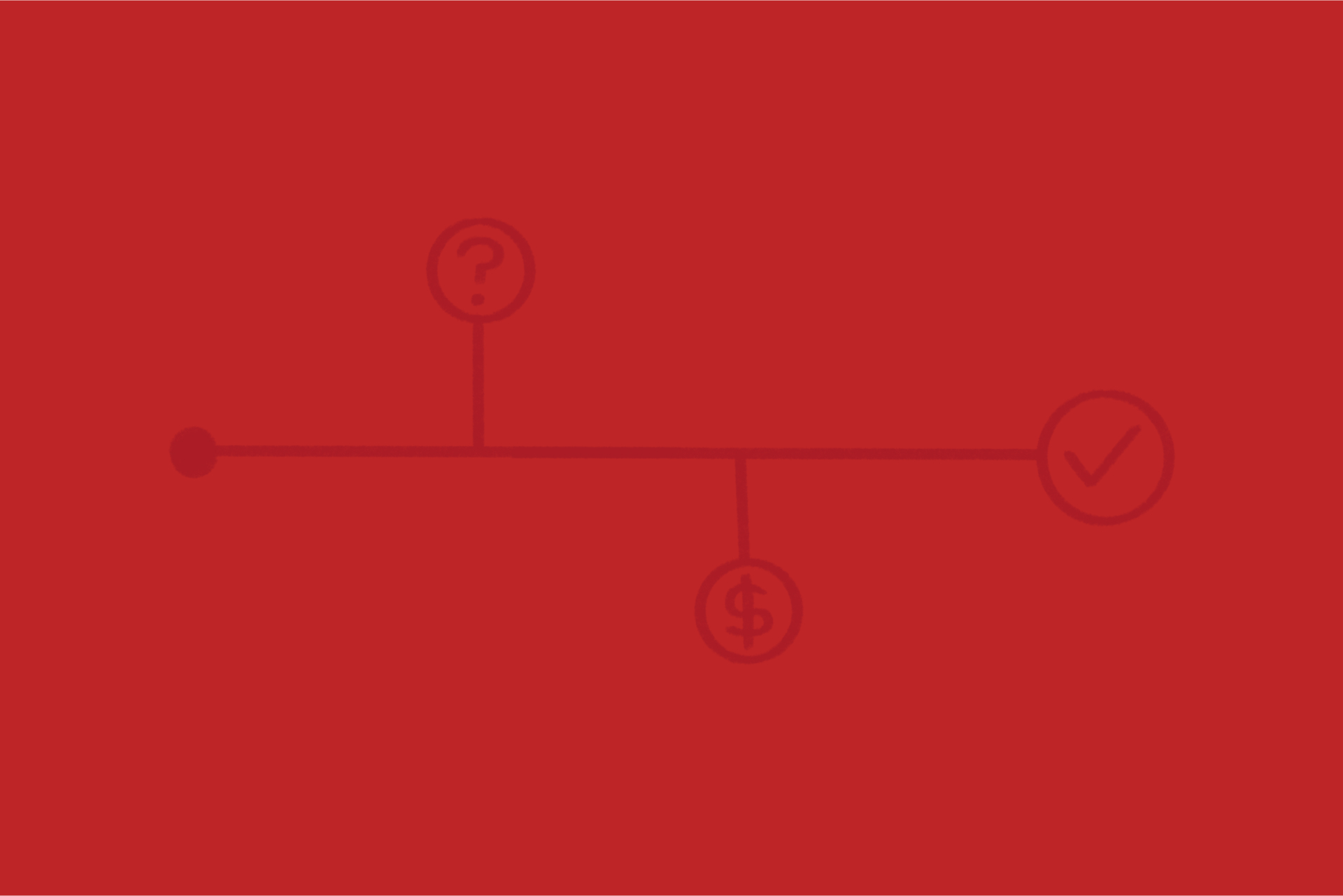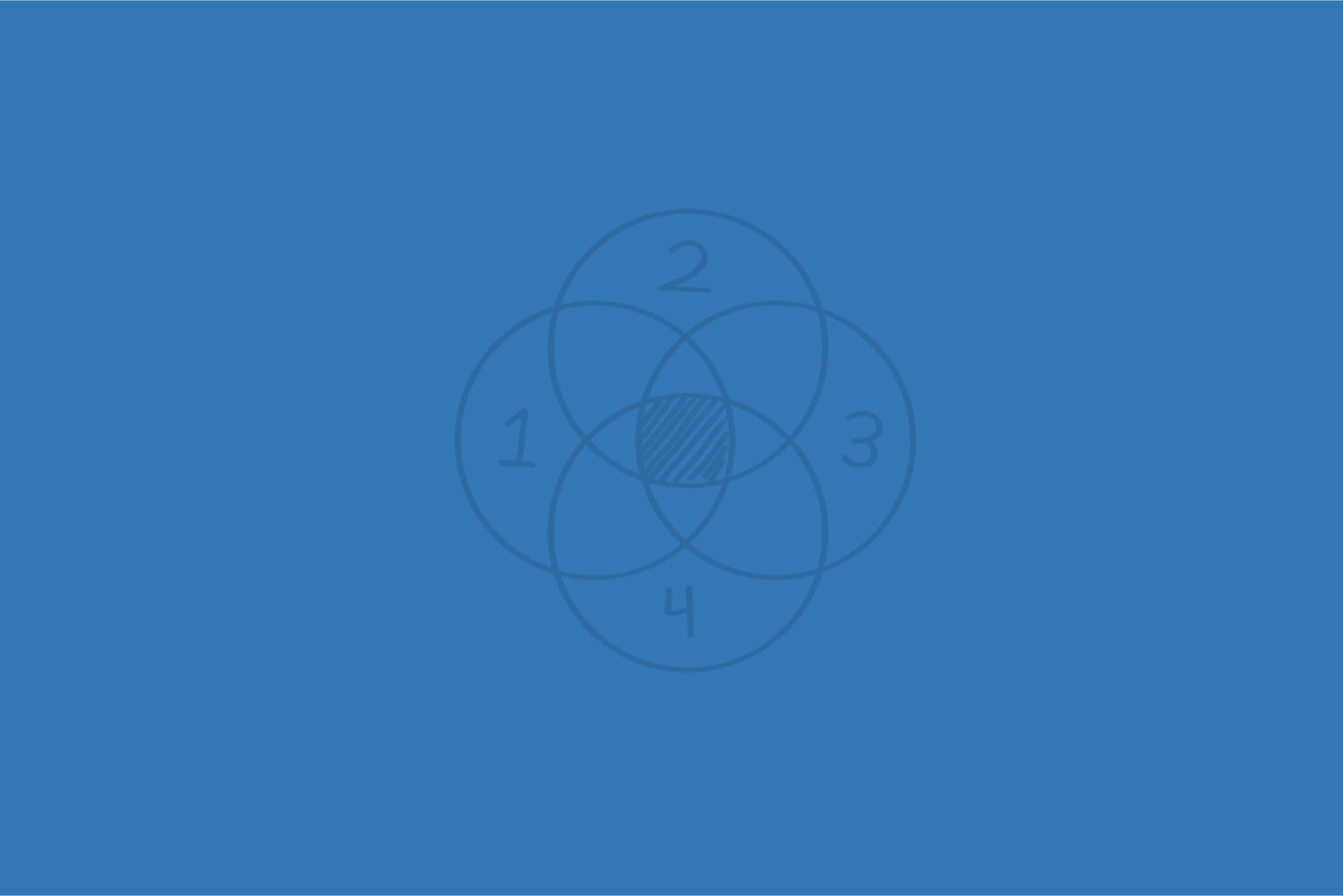Design Maturity: Improving Your Organization’s Design Influence
Why it matters: Many organizations struggle to assess and improve their design maturity, limiting their ability to deliver optimal user experiences.
Key takeaways:
- Design maturity is about more than just having a designer; it’s about integrating design thinking throughout an organization.
- The seven levels of design maturity help companies assess where they stand and identify opportunities for growth.
- Leadership and team structure play key roles in advancing design maturity.
🎧 Listen to the Humans First episode to hear the whole conversation.
What is Design Maturity?
Design maturity is a crucial concept for organizations looking to stay competitive in today’s experience-driven economy. By understanding where your organization stands on the design maturity scale, you can improve user experience (UX), foster innovation, and create better products. In this episode of Humans First, UX Design Director Nick Bray breaks down the seven levels of design maturity, offering actionable insights for businesses of all sizes.
Why Design Maturity Matters
In today’s rapidly changing business environment, design maturity isn’t just a buzzword—it’s a fundamental factor in creating exceptional products and experiences. Companies that prioritize design maturity understand that user experience is more than just an aesthetic; it’s about solving problems and meeting human needs in a sustainable way.
Having a mature design process allows organizations to:
- Make better product decisions based on user insights
- Streamline collaboration across teams
- Create consistent, high-quality experiences for both users and employees
- Adapt to changing market demands through flexible design practices
As design thinking becomes more integral to business strategy, understanding your design maturity helps to pinpoint areas for improvement and growth.
The 7 Levels of Design Maturity
Nick Bray explains the seven levels of design maturity, starting with basic efforts and progressing to a visionary, experience-obsessed culture. Each stage represents a different approach to integrating human-centered design into an organization.
1. No Formal Design
At this stage, organizations have no formal design processes in place. UX design is either non-existent or minimal. Companies in this stage may still rely on engineering or product teams to make design decisions, which can lead to inconsistent, suboptimal user experiences.
2. Pollinators
Organizations at the “Pollinator” level have a few isolated designers who may not collaborate. These teams often lack design leadership, and there’s little consistency in the design process. However, some designers are working to introduce human-centered design to the company culture, even if it’s done ad hoc.
3. Ad Hoc
In the “Ad Hoc” stage, organizations have designers who collaborate but without a formal structure. Designers may share assets and ideas across departments but still lack a unified design strategy or leadership. These teams might use basic design principles but don’t have a standardized process to ensure consistency.
4. Federated / Distributed
At this level, design teams are still decentralized but are actively trying to create some consistency and alignment. There’s an effort to document design systems, improve processes, and collaborate across departments. However, leadership hasn’t yet fully embraced the need for design consistency at a strategic level.
5. Centralized
“Centralized” organizations have designers working under one roof, operating as a cohesive team. Design leadership is starting to take shape, and there is a stronger focus on creating consistent user experiences across all products. This stage often resembles an agency model, where designers are responsible for various products but operate within a well-defined process.
6. Hybrid
In a “Hybrid” model, organizations combine centralized and federated structures. There’s a centralized design hub with domain-specific designers embedded in product teams. These designers collaborate closely with engineers and product managers, ensuring that user experience is integrated throughout the development process.
7. Hybrid+ (Visionary)
Organizations at the “Hybrid+” level are fully committed to user experience, not only for their customers but also for their employees. These companies prioritize human-centered design at every level of the organization. They obsess over experience and innovation, with a strong focus on creating optimal environments for both their workforce and their users.
Go deeper: We built a design team responsible for $3M+ annually in customer-funded UX
How to Assess Your Organization’s Design Maturity
Assessing your organization’s design maturity is crucial for identifying areas that need improvement. Here are a few key indicators to consider:
- Designer-to-Developer Ratio: How many designers are in your organization, and how are they structured? How does that compare to the number of engineers? The higher the ratio of designers to engineers, the more likely your company is progressing toward higher maturity levels.
- Leadership Support: Does your organization have formal design leadership? How much influence does design have on strategic decisions?
- User-Centered Focus: How deeply is user experience embedded into the organizational culture? Is it a priority for leadership?
- Design Systems and Processes: Are design systems in place, and are they followed across teams? A mature organization uses standardized systems to ensure consistency in design work.
- Cross-Functional Collaboration: How closely do design teams work with product, engineering, and marketing teams? High design maturity often means seamless collaboration across all departments.
Get help: We specialize in building design cultures
Key Indicators of a Mature Design Organization
- Design-First Mindset: Design isn’t just about visuals—it’s about shaping the entire user experience, from digital to physical environments.
- User Feedback Integration: Mature organizations collect and act on user feedback to continually refine and improve their products.
- Strategic Design Leadership: Strong leadership ensures design is an integral part of business strategy, influencing decisions at all levels.
- Adaptability and Flexibility: Organizations at higher maturity levels can quickly adapt to changing market conditions through a robust design system.
What Makes Companies Like Tesla and Disney Design Leaders?
As organizations advance in design maturity, they start to see design as a core element of their success. Companies like Tesla, Disney, and Airbnb have reached the highest levels of design maturity by integrating design deeply into their organizational cultures. They prioritize design not only in products but in internal processes, employee experiences, and customer interactions.
These companies are obsessed with experience—both for their users and their employees. This obsession has helped them create seamless, innovative user experiences that set them apart in their respective industries.
How to Improve Your Design Maturity
Improving design maturity requires a strategic approach. Here are a few tips to start moving your organization toward a more mature design culture:
- Invest in Design Leadership: Appoint leaders who can champion design across the organization and align it with business strategy.
- Build Cross-Functional Collaboration: Foster communication between design, engineering, and product teams to ensure a unified approach to user experience.
- Develop and Standardize Design Systems: Implement design systems that ensure consistency and scalability across all products and platforms.
- Prioritize User Research: Regularly conduct user research to inform product decisions and improve user satisfaction.
- Measure Your Progress: Use tools like design maturity assessments to track your progress and identify areas that need improvement.
Conclusion: Why Design Maturity Matters for Your Business
As design becomes more integrated into every aspect of business strategy, measuring and improving your organization’s design maturity is key. Companies that embrace human-centered design, invest in leadership, and prioritize collaboration will have a competitive edge in the experience-driven economy.
By understanding where your organization stands on the design maturity scale, you can take actionable steps to grow your design practice and deliver better, more innovative products to your customers.
Visual Logic can help you assess and understand your organization’s design maturity and develop a plan for leveling up, while also jumping in on today’s design challenges.














